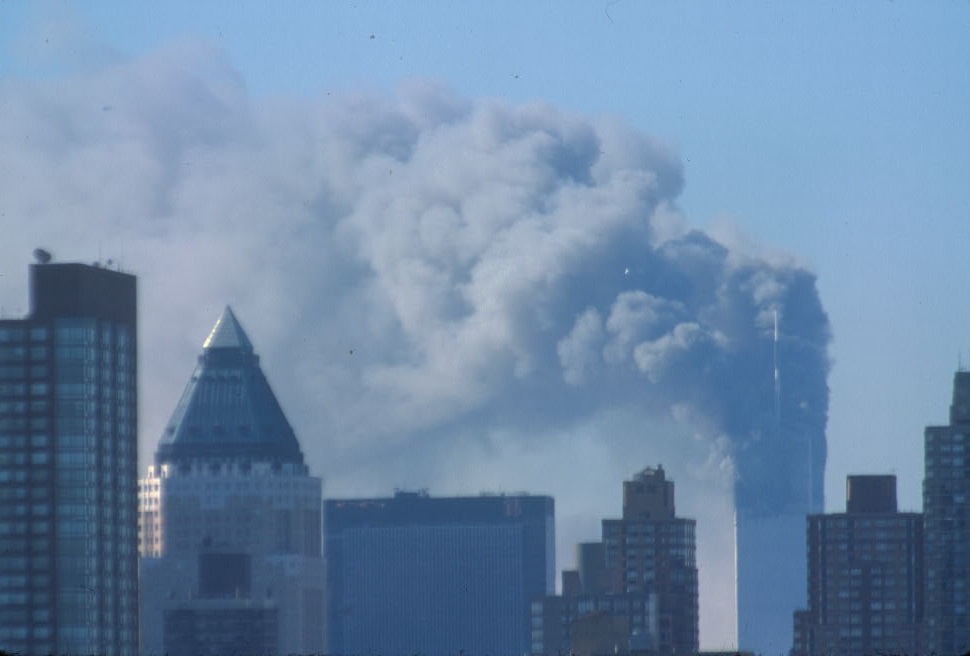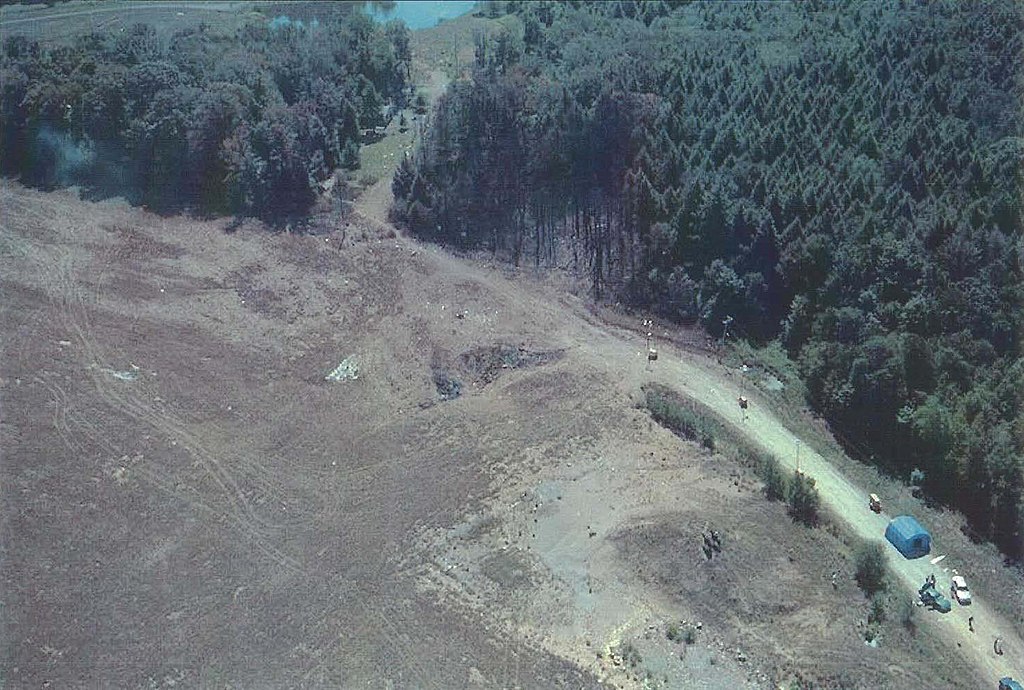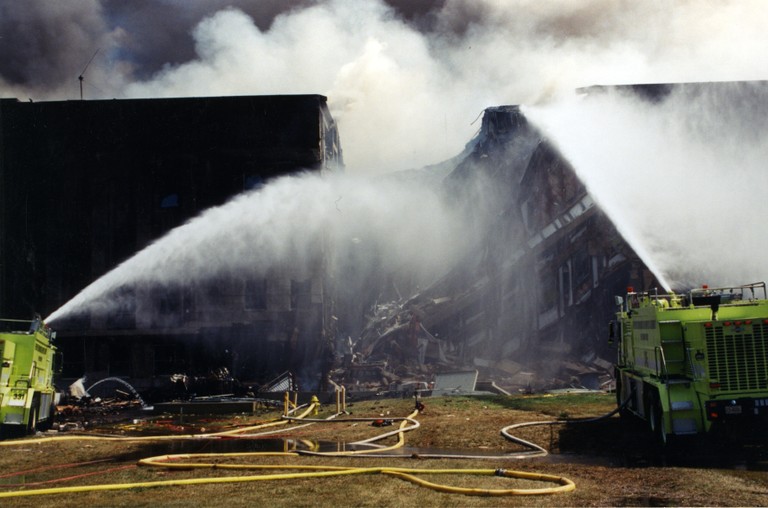Flight 93 and the power of information
Safety
31 May 2021
On the morning of September 11, 2001, 37 passengers and 7 crewmembers boarded a Boeing 757 at Newark Airport. United Airlines flight 93 was bound to San Francisco. The flight was mostly empty. At 8:47 AM, New York time, the flight took off and climbed to an altitude of 35,000 feet as assigned without incident.
After cruising for about 26 minutes, at 9:28, a struggle occurs at the cockpit door. The aircraft descends about 600 feet but climbs back up to 35,000 feet. This is the point where investigators assumed that the terrorists took over the aircraft. Then, the aircraft climbs to 41,000 feet before entering a steep descent. Upon learning that the flight was hijacked, the passengers decided to try to storm the cockpit and take over. In fear that they would succeed, the hijackers crashed the aircraft into a field in Shanksville, PA.
According to later intelligence, Flight 93 was intended to hit the White House. Why didn't it?

The Flight 93 National Memorial in Shanksville, PA. Photo by Monumentmike via Wikimedia Commons. CC BY-SA 4.0.
Just one minute before Flight 93 departed, American Airlines flight 11 had already hit the North Tower of the World Trade Center. Just one minute after Flight 93 reached cruising altitude, United Airlines flight 175 hit South Tower, which was undoubtedly the moment when people began to realize that the ongoing events were not just freak accidents. At 9:38, American Airlines flight 77 hit the Pentagon, which was during the descent of Flight 93.
Photo Gallery: 1. Smoke rises from the World Trade Center after being hit by aircraft on 9/11. Image via Library of Congress; anonymous photographer. 2. The World Trade Center, viewed from the south. Photo by Brandon McCombs, GNU FDL. 3. The crash site of Flight 93. Public Domain. 4. Emergency services fight the fire at the Pentagon after it is struck by an aircraft. Public Domain.
As events simultaneously developed on the ground and in the air, the passengers and crew of Flight 93 were able to gain crucial information, and authorities on the ground were also given a picture of what was going on during the flight. They did this by communicating via phone calls, the passengers using cell phones and flight attendants using onboard phone lines that are typically used for inflight maintenance or medical advice. Information from the phone calls revealed that the hijackers claimed to have a bomb onboard and used knives as weapons. A passenger and flight attendant had both been killed, and two men who may have been the pilots were also killed. The passengers learned that the World Trade Center and Pentagon had been struck by aircraft.
The information the passengers received saved lives that day. Upon learning of the other aircraft that were hijacked, the passengers voted on whether or not they should try to storm the cockpit. Though the passengers did not enter the cockpit, the threat of all of them outside the door was enough to make the hijackers give up and crash the plane into a field rather than the intended destination.
As we approach the 20th anniversary of 9/11, let us take a moment to reflect on the ways it impacted (and continues to impact) our lives. In this time of uncertainty for the aviation industry, it's not hard to be reminded of a similar uncertainty the industry faced after 9/11. When would the FAA lift the ban on flights? Would people ever fly again? Was the industry doomed?
However, looking into the past gives us hope for the future. Though slowly, the airline industry did recover after 9/11, and passenger ridership quickly grew to record numbers. Many had doubts about whether public faith could be restored in flying, but things turned out fine. Even though COVID-19 threw the industry for a completely different loop, we can already see that bookings and ridership are increasing, and are on track to eventually return to pre-pandemic levels.
References and further reading
- "Aircraft accident Boeing 757-222 N591UA Shanksville, PA". Aviation Safety Network, 2021. https://aviation-safety.net/database/record.php?id=20010911-2.
- "Aviation Accident Final Report". National Transportation Safety Board, 2006. https://reports.aviation-safety.net/2001/20010911-2_B752_N591UA.pdf.
- "Flight 93 National Memorial". US National Park Service. https://www.nps.gov/flni/index.htm.
- "Flight Path Study - United Airlines Flight 93". National Transportation Safety Board, 2002. https://www.nps.gov/flni/learn/historyculture/upload/Flight-_Path_-Study_UA93.pdf.
- "Phone Calls from the Passengers and Crew of Flight 93". US National Park Service. https://www.nps.gov/flni/learn/historyculture/upload/phone_calls_formatted_web_fall2013.pdf.
- "Specialist's Factual Report of Investigation: Digital Flight Data Recorder". National Transportation Safety Board, 2002. https://www.ntsb.gov/about/Documents/UAL93FDR.pdf.
- "Timeline for United Airlines Flight 93". National Public Radio, 2004. https://www.npr.org/templates/story/story.php?storyId=1962910.
- "United Airlines Flight #93 Cockpit Voice Recorder Transcript". https://www.nps.gov/flni/learn/historyculture/upload/P200056T-Transcript-CVR.pdf.



